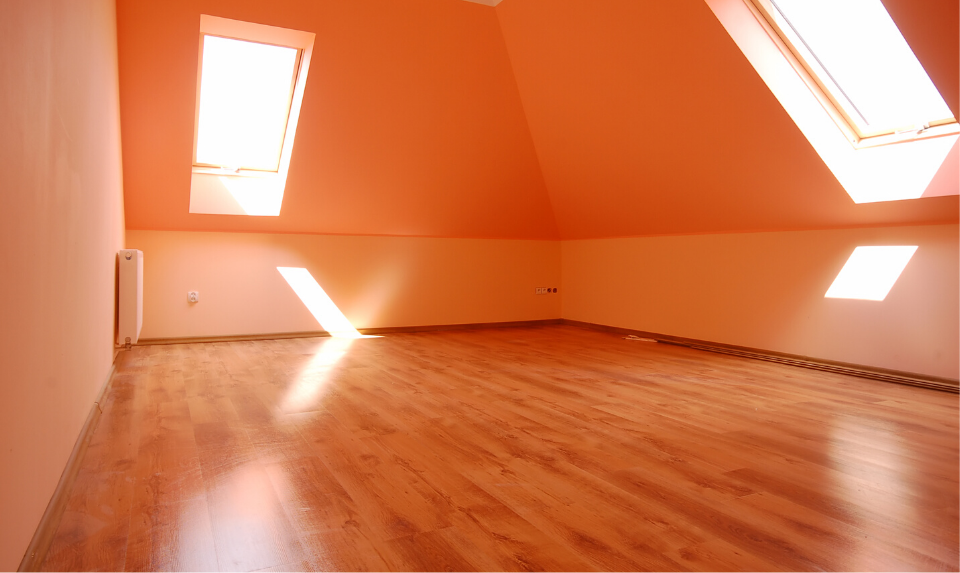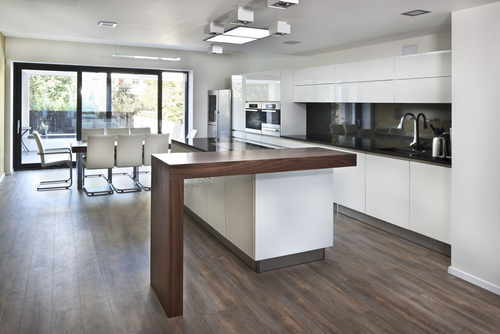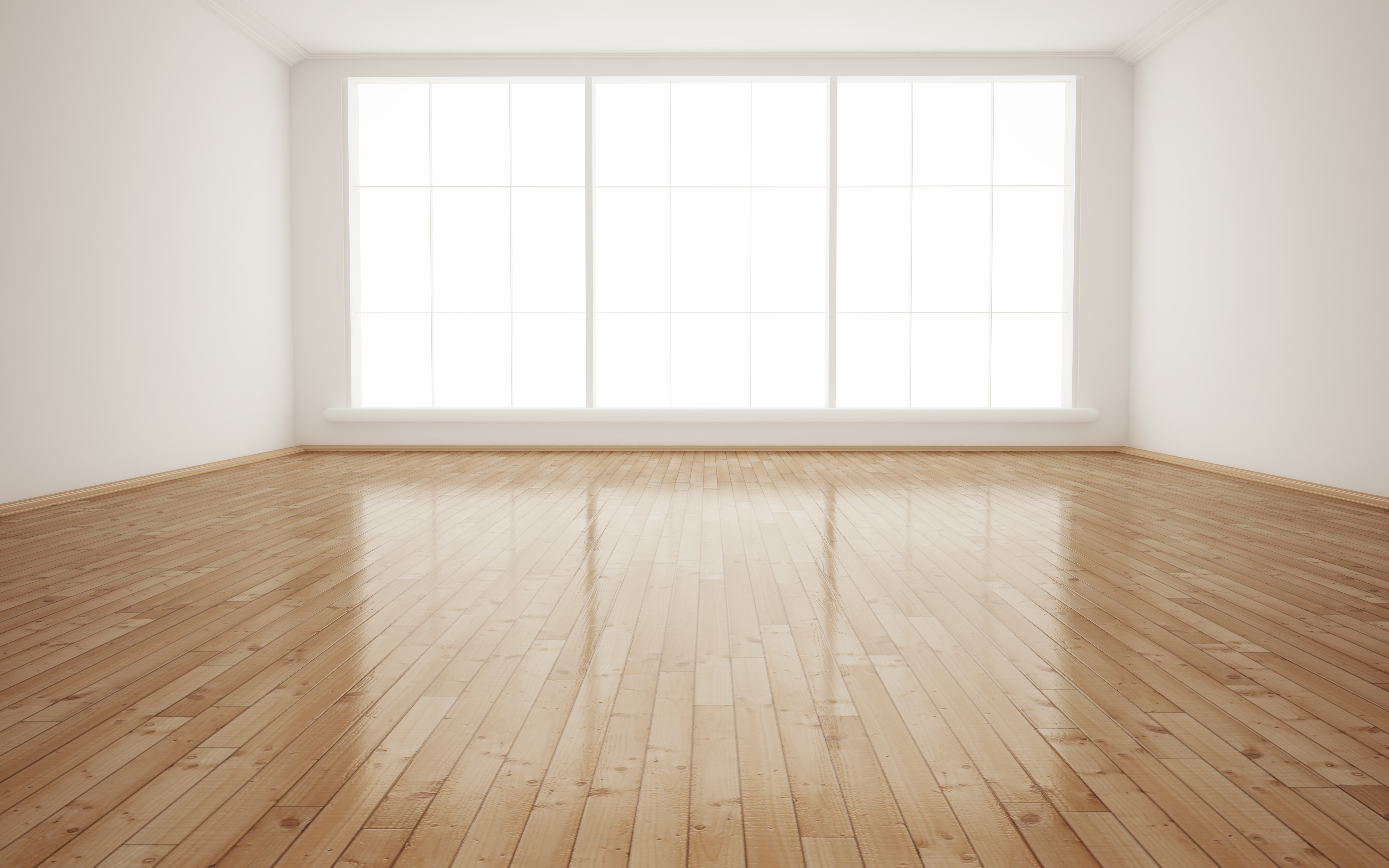Homeowners looking for a reasonably priced option for hardwood flooring may assess the pros and cons of vinyl wood planks vs laminate flooring. Equally guaranteed to be long-lasting, reasonably priced, and easier to sustain than hardwoods, but how do they stack up next to each other? Does either type measure up to more luxurious flooring, or do they fall flat?
When opting for new flooring, it’s significant to get the best suits your budget. From the simplicity of setting up to care and repairs for the long term, this guide is intended to cover it all, helping you to find out whether vinyl plank or laminate flooring is best for your residence.
Durability

Consumers frequently turn to vinyl plank or laminate flooring to have the appearance of hardwood without the possibility of scratches, dings, and other flaws that can be lengthy (and costly) to refurbish.
One of the most important benefits touted by both vinyl plank and laminate flooring is durability. How do these two kinds of flooring holds up when being test?
Vinyl wood planks hold up well under pressure. Not like hardwoods, it isn’t resistant to scratching from animal claws or active kids running throughout the house. It’s very resilient, even with the heaviest traffic.
On the other hand, since vinyl plank is softer than hardwood or laminate, it isn’t entirely immune to damage. There is a danger of ripping the plank. For instance, if you’re dragging equipment across the floor, plank can be tattered.
Vinyl flooring is prone to scratches that harder floors can endure. It can dent eventually, mostly in parts under heavy furnishings. While it is fairly durable, it’s vital for everyone planning to buy this type of flooring to know it’s not entirely impervious to damage and is susceptible to the same flaws as conventional vinyl flooring.
Laminate flooring, similar to vinyl plank, is also exceptionally durable and is a good alternative for residences with children and pets. It is extremely resistant to damage and won’t need to be refinished over time like conventional hardwoods.
Resistance to Water
One of the disadvantages of hardwood is that it can’t get wet or it will be totally ruined. Vinyl plank flooring and laminate equally proffer the appearance of hardwood, but how do they evaluate when exposed to water?
Vinyl plank has grown in recognition because it is resistant to water. This means it can be put in bathrooms, kitchens, or other parts where there’s humidity without the trouble of warping or buckling. It is absolutely waterproof and will not give in to damage, granting you have installed it properly.
Then again, you must not expose laminate to water. Standing water or high humidity levels in an area can lead to buckling, separating, warping, and gapping.
While not a usual complaint, some laminate owners have experienced mold and mildew, which was nearly always because of exposure to humidity. This is not a worry with vinyl plank except if you installed it in a residence that had this issue even before installation.
Since vinyl is almost waterproof, it is the apparent winner in comparison to laminate in requisite of water resistance.
Care & Maintenance
A lot of clients choose vinyl or laminate flooring since care and repairs are trouble-free. After all, they don’t need to undertake refinishing (which is typically best left to the professionals) or take safety measures when maintaining the floor the way they would with hardwoods or other types of flooring.
Vinyl plank flooring is one of the easiest floors to maintain. A wet mop can be used, but it’s essential to know that pouring water or if not drenching the floor isn’t suggested on peel-and-stick planks since the water can get beneath seams and edges and break down the bonding agent.

Harsh cleansers aren’t essential to clean vinyl planks. A mild cleanser will suitably clean up even the biggest messes. A conventional mop, dust mop, or steam mop can be used to successfully clean vinyl flooring.
Vinyl floors in addition don’t need waxing, and using wax will end in a build-up that needs stripping. While ordinary cleaning will help vinyl flooring maintaining its shine, you can effortlessly restore floors that looks dull using a polish or product intended for no-wax flooring.
Appearance
Clients that acquired vinyl wood planks or laminate flooring are looking for merchandise that’s similar to hardwood with no hassle. The main thing to a lot of consumers is the look of the flooring. Does it imitate the look of wood, or does it fall flat as just an economical imitation?
Vinyl wood planks are artificial. The creation of vinyl planks does not include wood. Though, manufacturers have used the most recent technology to give a reasonable look to vinyl. This consists of colour differences, textures, and models that imitate the look of wood at a fraction of the cost and with every benefit previously covered.
Yet, a number of vinyl wood planks have few distinctions and the texture seems different, so it’s easier to tell that these planks are not genuine wood. Everyone considering this kind of flooring will require shopping around to make sure they purchase a quality product that doesn’t fall flat in terms of Looks.
Laminate is wood but the design is on top of it, on a photographic layer. Most laminate producers utilize state of the art printing procedures to give their merchandise a more reasonable appearance and quality.
Whilst both types of flooring are able to come really close to the appearance of wood, laminate is the greater option. Not just does a modern printing method gives an extensive range of color variations and textures, but since it is wood and not soft vinyl, it feels more realistic also.
Laminate as well contributes to the resale price of a residence, while vinyl wood planks probably will not.


